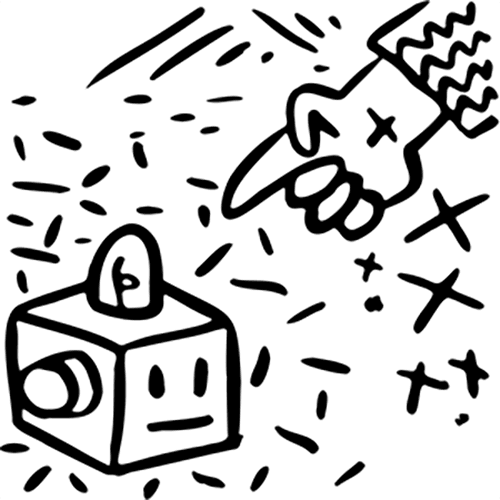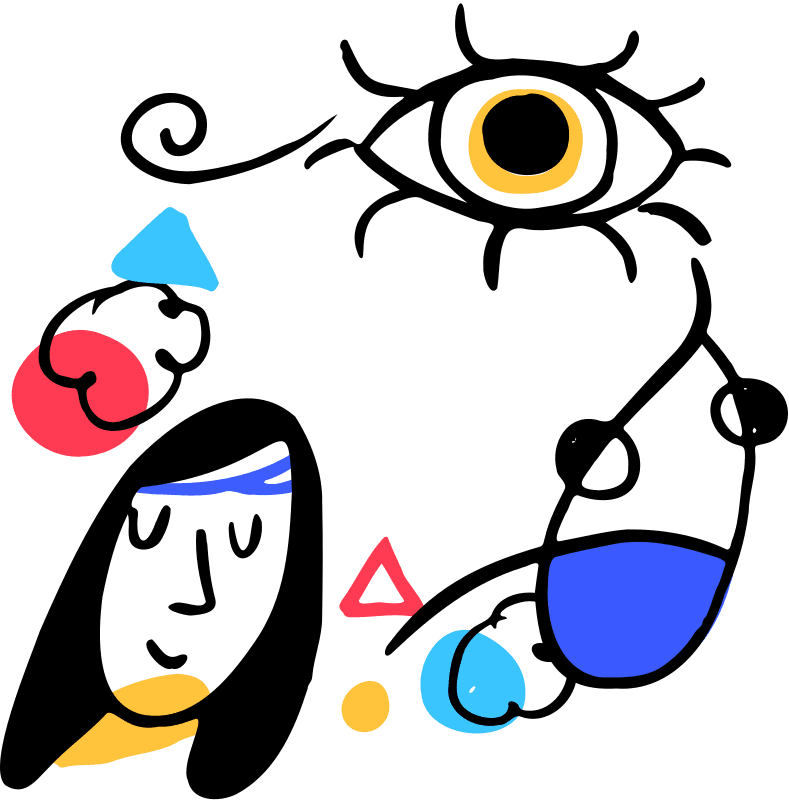
When we talk about Computer-aided Design we are referring to a method that uses computer calculations to increase designers' productivity and precision. Today, these calculations are often made with the aid of AI and automation, which have become such popular terms in the world of tech that they need little introduction. Driven by the same goals - making our lives easier, taking care of the repetitive tasks, and freeing up our mind for the most creative tasks - they have allowed huge advancements in our lives.
At Zuru Tech, both these forms of technology are used to create a BIM software that aims at making house design easy and pleasant for everyone, without neglecting the technical precision needed to deliver projects that can have an immediate implementation and without risking to overlook factory requirements.
But what are the challenges of creating optimal user experiences that make the most of these technologies and serve the right purpose? How do you make sure the software has a high level of adaptability to the user's needs, so as to allow the expert user to navigate constraints without feeling as if the software is there to "teach" them how to do their job? As designers, we have to consider all this when working on user interactions.
Here is a summary of the main principles we apply to make sure that what we do makes sense for the users.
1. Do not work in a bubble
Communication is key. You will hear it often and it could not be truer.
When dealing with a highly specialized context, such as the world of Computer-aided Design, UX designers need to find ways to make up for their lack of technical knowledge. It does not mean that we need to become architects or civil engineers, but it does mean that we need to engage in conversations with professionals that form part of our user group and listen, in order to understand what they are trying to achieve and what limitations they work with.
Luckily, at Zuru, we work in close contact with architects and engineers, so we make sure to keep the conversation going and review our mockups and user flows with people for whom the software is meant.

2. Let users choose
Anyone who has ever used a BIM software will know that they are rich in tools that allow a high level of detail and creativity. With automation and AI to support the design phase, it is easy to imagine creating interconnected elements automatically or using alerts and suggestions to help users avoid mistakes.
In the case of the Zuru Tech software, besides the basic principles of architecture, an added level of complexity - and constraints - comes from factory requirements, which create a preferential path where the user's actions will be guided.
However, from a UX point of view, we also have to consider ways of using the software where the ideal scenario (the happy path) will only be partially met, where professional users will expect a certain level of freedom and adaptability. How do you design for those cases?
For us, it means giving users choice. For example, users will be able to modify certain automatically created elements and dismiss suggestions that are not in line with what they have set to achieve, as long as the implications are clear (very important!).

3. Use visual cues
Great help in finding the right balance - between showing clear directions and making sure suggestions are not too strict - comes from the world of video game design with the use of visual cues. They can take the form of a highlight in a different color to signal an error, a change in the size of an element that can be modified, or a display on hover of an additional function.
In our case, these strategies work as signifiers for automation algorithms and AI suggestions guided by the rules of architectural design. They help the users discover and learn how to use the various tools of the BIM software interface in a way that is fun and engaging.

Conclusions
In conclusion, even though AI and automation have allowed huge advances in the way we use design software, it does not mean that they can be blindly followed. They are means to different ends, which need to be carefully studied and adapted with the right amount of signifiers. These signifiers sometimes can come from different fields from the one you are working, so keeping an open mind is crucial for UX designers to find the right solution.
Thank you for reading so far. If you have any thoughts on this, you can find me on LinkedIn and Medium.
Images made by Pablo Stanley. Free for commercial or personal use. CC0 Public DomainLicense. https://blush.design/collections/miroodles/